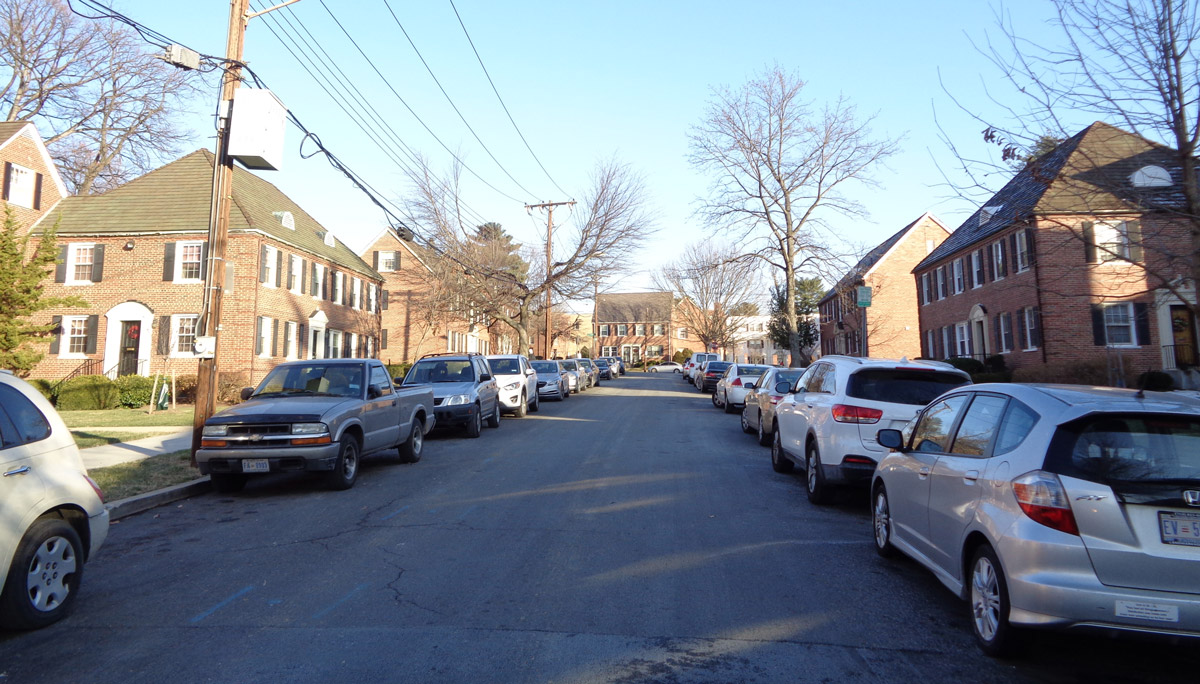How to Reduce Noise in House: Practical Tips for a Quieter Home
If you’ve ever struggled to relax at home because of traffic outside, noisy neighbors, or echoes bouncing around your rooms, you’re not alone. Many homeowners wonder how to reduce noise in house effectively. Not only does a quieter environment help with stress reduction, but it can also enhance your overall quality of life. In this post, we’ll explore various strategies, answer common questions about noise reduction, and highlight ways professionals—like Viking Spray Foam—can help.
Why Reducing Noise Matters
Excess noise doesn’t just interfere with your enjoyment of a space; it can also affect your health. According to the Acoustical Society of America, prolonged exposure to high noise levels can lead to stress, sleep disturbances, and even reduced productivity. By understanding how to reduce noise in house, you can create a more peaceful environment for you and your family.
Common Sources of Noise
Outdoor Traffic: Cars, trucks, and general street noise
Neighboring Properties: Loud conversations or music
Indoor Activities: Appliances, HVAC systems, and foot traffic
Structural Elements: Thin walls and hollow doors that carry sound
Identifying the loudest culprits is the first step in learning how to reduce noise in house. By pinpointing the worst offenders, you’ll have a clearer idea of where to focus your efforts.
How Can I Make My House Less Noisy?
When homeowners ask “How can I make my house less noisy?”, the answer typically involves a few targeted strategies:
Improve Sealing: Check for gaps around doors, windows, and electrical outlets. Even small cracks can allow significant noise infiltration.
Upgrade Windows: Consider double- or triple-pane windows that contain insulating layers of air or gas.
Add Soft Furnishings: Carpets, curtains, and upholstered furniture help absorb sound and reduce echo.
Install Solid-Core Doors: Unlike hollow doors, solid-core doors help block noise transmission between rooms.
For more ideas, you can check reputable consumer resources such as Consumer Reports for reviews on effective noise-reducing products.
What Can We Do to Reduce Excess Noise in the House?
What can we do to reduce excess noise in the house? It’s a question many families ask—especially if they have children, work from home, or simply prefer a peaceful atmosphere. Consider these steps:
Unordered List of Noise-Reduction Tips
Use Weatherstripping: Seal the perimeters of doors and windows to close off noise leaks.
Add Acoustic Panels: These specialized panels absorb sound and can be installed on walls or ceilings.
Check HVAC Systems: Loose ducts and rattling vents can magnify sound; ensure all systems are properly secured.
Place Bookshelves on Shared Walls: A filled bookshelf can help dampen sound between adjacent rooms or units.
Learning how to reduce noise in house goes hand in hand with improving overall home comfort and efficiency.

How Can I Reduce Traffic Noise in My House?
If you live near a busy road, you’ve likely wondered “How can I reduce traffic noise in my house?” Start by examining the perimeter of your home:
Reinforce Windows: Upgrading to thicker, laminated glass or installing storm windows can significantly cut down outside noise.
Landscape for Noise Control: Plant dense hedges or place a fence between your home and the source of noise. While not a complete solution, it can help deflect some sound waves.
Consider Insulation Upgrades: Insulation solutions can block out noise while also improving energy efficiency. Companies like Viking Spray Foam provide specialized materials that both reduce sound transfer and improve temperature control.
How Can I Reduce Noise in Between Rooms?
Noisy roommates or family members in adjacent rooms can disrupt your peace. That’s why many people want to know “How can I reduce noise in between rooms?” Here are a few approaches:
Install Resilient Channels: These metal channels reduce sound transmission by creating a buffer between the wallboard and framing.
Use Sound-Damping Drywall: Specially engineered drywall can significantly lower noise levels passing through walls.
Fill the Walls: Injecting spray foam into wall cavities adds mass and an air barrier, cutting down on echoes and vibrations.
Opt for Rugs or Carpet: Hard floors reflect and amplify sound; soft materials help absorb it.
If you’re still unsure how to reduce noise in house at the room-to-room level, an expert consultation can help you identify the best products and methods.
Professional Solutions from Viking Spray Foam
Sometimes, a DIY approach can only do so much. If you’re looking for step-by-step guidance on how to reduce noise in house, professionals like Viking Spray Foam can offer tailored solutions. Spray foam provides an excellent acoustic barrier by creating a tight seal that prevents air (and sound) from passing through walls, floors, and ceilings. Beyond noise reduction, spray foam insulation also boosts energy efficiency and helps regulate indoor temperature.
Final Thoughts on How to Reduce Noise in House
Figuring out how to reduce noise in house involves a combination of practical strategies—from sealing gaps and upgrading windows to installing acoustic panels and adding insulation. By addressing the biggest problem areas and investing in quality materials, you can transform even the noisiest home into a peaceful retreat.
If you’re ready to tackle your home’s noise issues, reach out to Viking Spray Foam for professional guidance. With the right know-how and a solid plan, you can finally enjoy the serenity and comfort you deserve.
